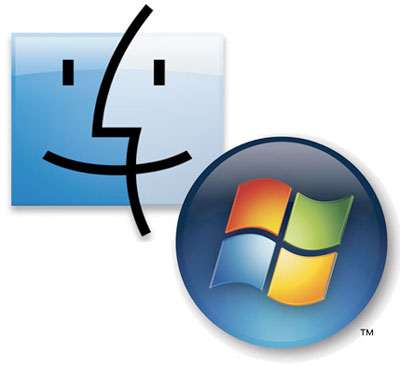Over the past couple of years, Windows laptops have been becoming rarer and rarer at events where tech reporters, bloggers, and analysts gather. Not so long ago, Windows PCs (including netbooks) outnumbered Macs at these affairs by two or three to one. Today, that ratio is at least reversed. The netbooks have all but disappeared and their place has been taken by tablets, nearly all of them iPads.
Apple has gained significant share in the laptop market, but not at anywhere near the rate of this shift. And this Mac dominance is a tech industry phenomenon. This week I was at a Ford Motor Co.-sponsored gathering of bloggers and magazine writers, most of who write about things other than tech. Windows PCs were dominant, though I did see plenty of iPads.
The overwhelming preference for Macs among tech elites has real consequences. There’s a reason why they are often called influencers: They have a lot of effect on other people’s choices. I try to be fair in everything I write, but it’s hard for me to work up much enthusiasm of anything Window-based these days. When asked for a recommendation, I always go with Apple unless there is something specific about the user’s requirements that argues for Windows. And that’s doubly true if I think I will end up supporting the purchase.
Why do tech elites prefer Macs? It’s certainly not because they love Apple, which regularly sets new standards for being hard to do business with. I think there are several reasons. One, oddly,has to do with price. The best argument against Macs is that you can buy a perfectly serviceable Windows notebook for around $500, while the entry price for a Mac is $1,000 or more. But the fact is that members of the tech elite tend to buy (or have employers who will buy) relatively high-end equipment. Spec-for-spec, Macs are not particularly more expensive than Windows systems, so the price differential is not an issue in this market.
Second, tech elites care, often passionately, about their technology and Apple equipment is a joy to use. And for people passionate about their technology, esthetics matter, and no one comes close to Apple. On the rare occasion when an HP or a Dell comes up with a really handsome product, it still must swim in a sea of cheap-looking junk.
Apple hasn’t made an ugly product since it retired the eMac. And the 13″ MacBook Air on which I am writing this is, for my purposes, the best laptop I have ever used–by far. The combination of light weight, terrific battery life, and snappy performance (for the sort of light-duty work I do on this system) cannot be matched by anything else on the market. (If it had a 15″ display without being any bigger or heavier, an obvious impossibility, it would be perfect.)
Then, of course, there’s the software. The yawning gap that had opened between Mac OS X and Windows during the Vista fiasco has narrowed considerably but in a home or small business environment, Mac software is much easier to set up and maintain. Take setting up a networked printer. In Windows, despite improvements in Windows 7, this remains a black art, largely because the paradigm is designed for enterprises and IT administrators. With OS X, you connect your printer to the local network and you Mac finds it, using Apple’s dead simple Bonjour protocol. IT departments may see job security in complexity, but for those of us for whom maintain our own or other peoples’ systems is a distraction, simple is a huge advantage.
Microsoft’s business model depends on keeping large enterprise customers happy. The big PC makers’ business model depends on selling huge volumes of low-margin product. That means that neither can compete with Apple among customers who demand the computing equivalent of a Lexus or a BMW and are willing to pay for it.
